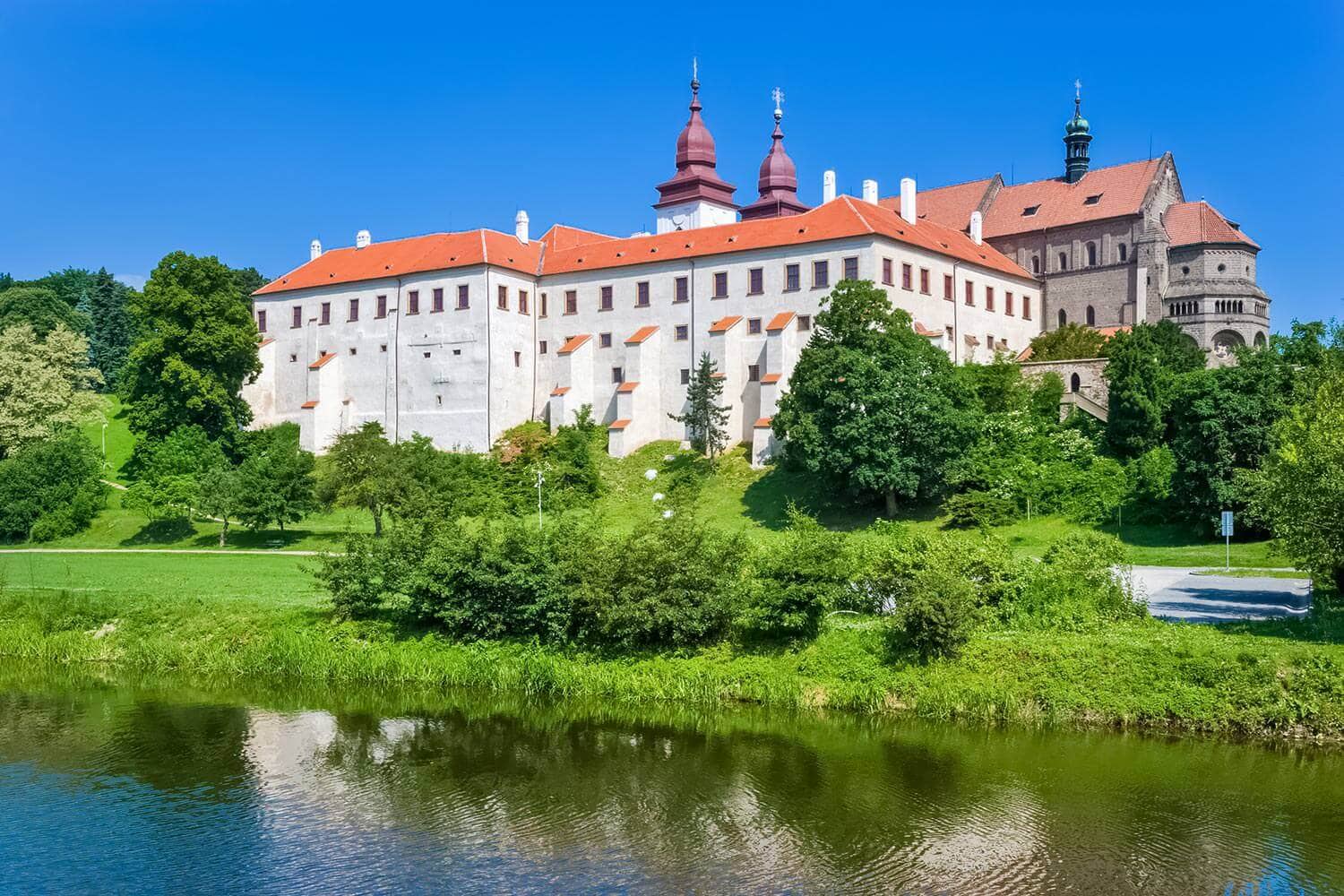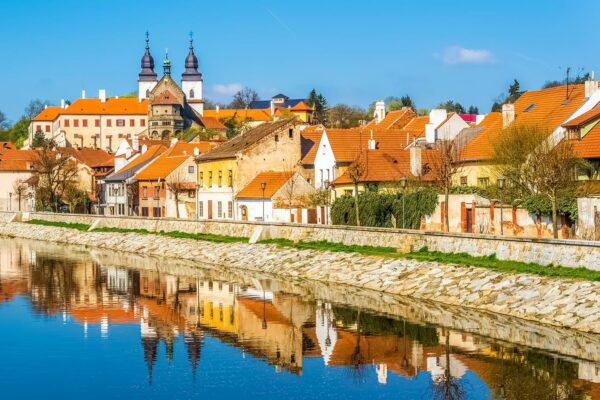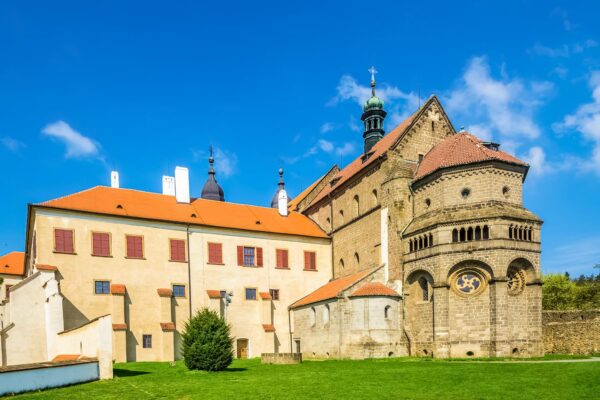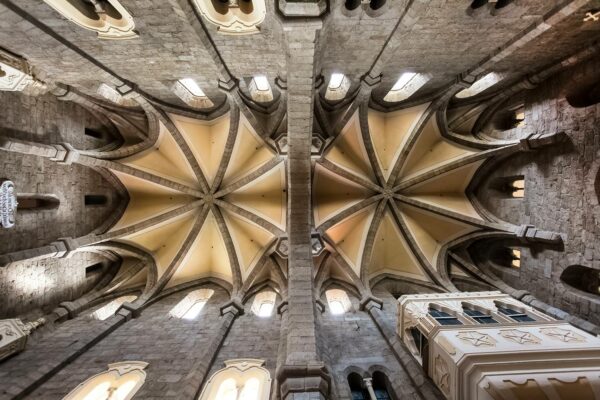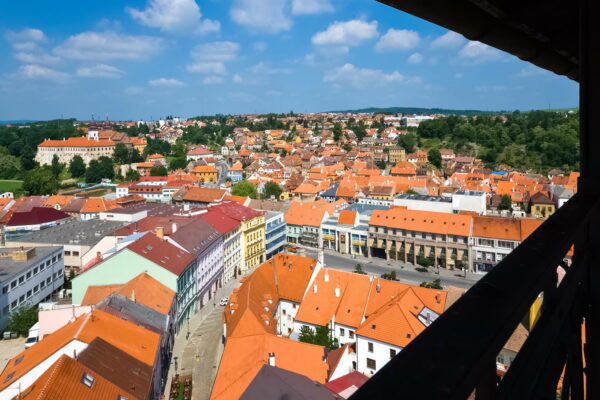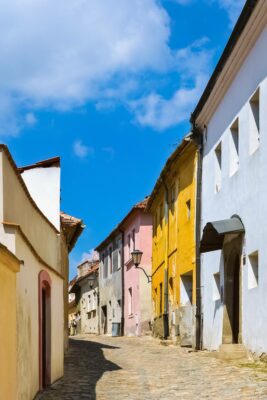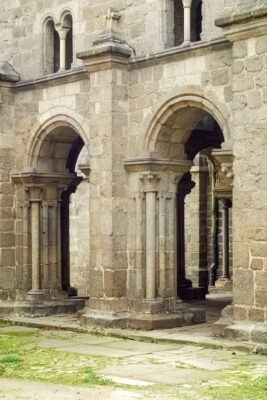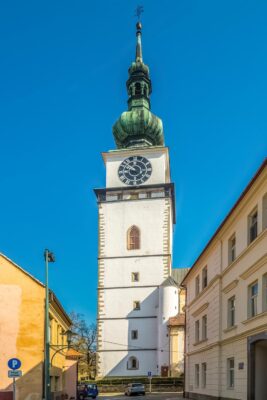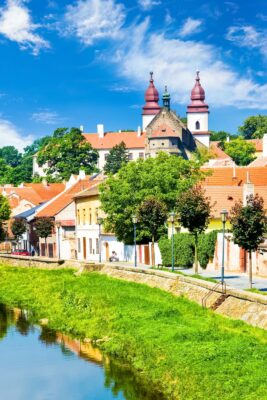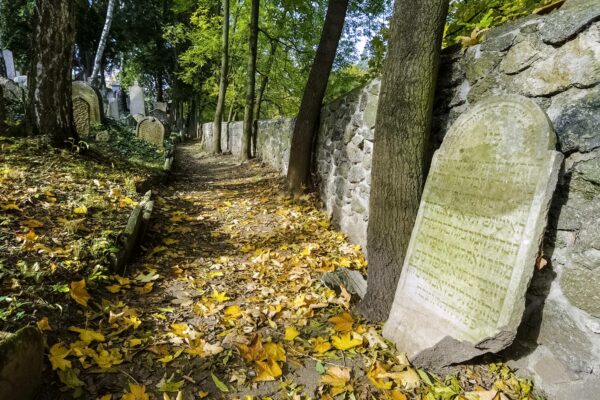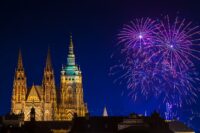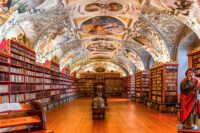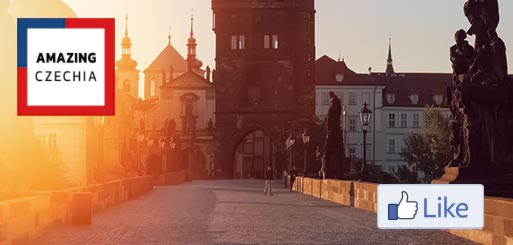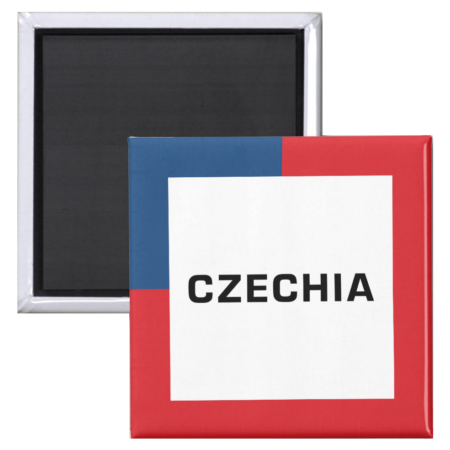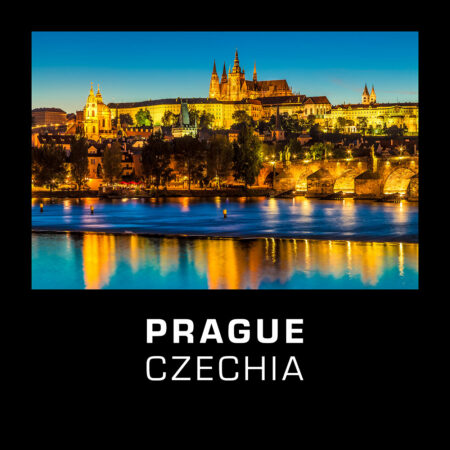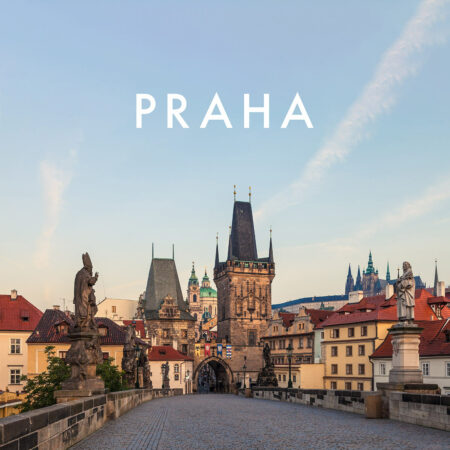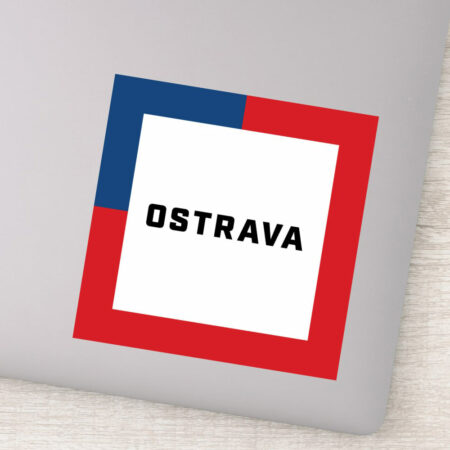Třebíč is a small Moravian town in the Vysočina Region, situated on the Jihlava river, about 65 km (40 mi) west of Brno. Centuries ago, it belonged to the most important towns in Moravia.
Nowadays, it is famous for its UNESCO World Heritage Site: the Jewish Quarter and St. Procopius Basilica. It is one of three World Heritage Sites in Vysočina.
The Czech spelling of the town’s name may discourage some English-speakers from trying to pronounce it correctly and lead to calling it instead „Trebeek“ or something similar. But the correct pronunciation is not as difficult as it might seem. It’s more or less: „T-zh-e-beach“.
History in a Nutshell
The history of the Třebíč dates back to the foundation of a Benedictine monastery in 1101. However, the first known mention of the town of Třebíč is from 1277. Jewish settlement in the area is believed to have begun in the first half of the 14th century. Several fires caused significant damage in the subsequent centuries, so the town doesn’t have as many examples of preserved old architecture, as for example Český Krumlov or the nearby Telč.
The 19th century witnessed the industrialization of the town, as well as the Czech national revival. In 1886, the first train arrived in Třebíč.
World War II and the Holocaust was the end of the Jewish community in the town. In the 1990s, after the Velvet Revolution, the former Jewish Quarter was renovated. Together with St. Procopius Basilica, it was inscribed on UNESCO’s World Heritage List in 2003, as the seventh site from Czechia.
Things to See
The aforementioned St. Procopius Basilica (Bazilika svatého Prokopa) is located on the north bank of the Jihlava river. It was built on the site of a chapel in the Benedictine monastery in the 13th century. The basilica is an interesting fusion of the Romanesque and Gothic styles.
Next to the basilica, you will find Třebíč Castle. The castle is the result of the reconstruction of the former Benedictine monastery in the 17th century. As a matter of fact, the structure resembles a large chateau rather than a castle and in Czech it is also called zámek (meaning „chateau“). However, in official English-language materials it is referred to as a castle.
The castle is the seat of the Museum of the Vysočina Region in Třebíč. More information about the exhibitions and the opening times can be found here.
The Jewish Quarter is situated east of St. Procopius Basilica, in the Zámostí district, between the river and the Hrádek hill. An unofficial name used by the local population for Zámostí is Židy, which is similar to Židé – meaning “Jews” in Czech. The origins of the Jewish Quarter date back to the 14th century and the beginning of Jewish settlement in the town. For centuries, the Jews of Třebíč lived separated from their Christian neighbors, as in many other places in Europe.
In the 19th century, the population of the neighborhood was over 1000 people. However, not all of them were of the Jewish faith. In 1867, Jews were granted equal rights in the Austro-Hungarian Empire. Some Jews from Třebíč used this opportunity and moved to bigger cities in the empire. Non-Jews moved into their houses. By the early 20th century, the neighborhood was ethnically mixed.
World War II and the Holocaust resulted in the destruction of the local Jewish community. Only several surviving Jewish families returned to the town after the war. The vast majority of people living nowadays in the quarter is not Jewish.
The Jewish Quarter is a labyrinth of narrow streets with densely built 123 houses. Most of them are quite small. They are rather simple, but as a whole the neighborhood is quite picturesque, thanks to its compactness and the renovation it underwent in the 1990s and 2000s.
There are two synagogues in the Jewish Quarter:
The Front Synagogue (Přední synagoga) was built in the mid-17th century and rebuilt in the 19th century. It is sometimes also called the Old Synagogue. You will find it at 12 Tiché Naměstí. It is no longer used as a synagogue. It was converted into a Hussite church in the 1950s. Visiting it is possible during services, or if you arrange an appointment in advance.
The Rear Synagogue (Zadní synagoga), a.k.a. the New Synagogue, was built in the second half of the 17th century. The walls and vaults were decorated with paintings containing floral motifs and excerpts from Jewish liturgical texts. In the 1920s, the building of the Rear Synagogue ceased to be used for religious purposes. It was used as warehouse and dilapidated. In the 1990s, the interior of the synagogue was reconstructed. The reconstruction included restoring the wall decorations. Nowadays, the building houses a tourist information center. The opening times can be found here.
Charles Square (Karlovo naměstí) is the central square of the town. In terms of architecture, it may not compete with the central square in the nearby Telč, but it does have its charm.
The highlight of Karlovo naměstí is the house in the southwestern corner of the square. It is called the Painted House (Malovaný dům). It is a Renaissance house with a sgraffito facade. There is a gallery and a tourist information center inside.
There is another Renaissance house with a beautiful sgraffito facade at Karlovo naměstí. It is called the Black House (Černý dům). You will find it on the northern side of the square. The ground floor of the Black House is used by retailers.
There are several lookouts offering nice views of Třebíč:
The Town Tower (Městská věž) is part of St. Martin’s Church. It is located at Martin Square (Martinské náměstí).
The Masaryk Lookout (Masarykova vyhlídka) is named after the first president of Czechoslovakia, Tomáš Garrigue Masaryk. The lookout is located on the Hrádek hill, near the Jewish Quarter.
The Kostelíček Water Tower (Vodojem Kostelíček Třebíč) has an observation platform offering great panoramic views of the town and the surrounding area. It is open only in the warmer months. The address is Hladíkova Street, 674 01 Třebíč-Horka-Domky. The opening times and entrance fees can be found here (at the time of writing available only in Czech).
How to Get to Třebíč
As most towns of its size in Czechia, Třebíč has relatively many train and bus connections. Useful websites for checking your connections are listed in this article.
There are direct train connections from Brno hl.n. and the journey time is approx. 1 h – 1.5 h, depending on the train type.
If you’re staying in the beautiful town of Telč and would like to go to Třebíč from there, the fastest option is taking a bus. The fastest direct bus connection takes 47 min. There are no direct trains from Telč, so you would need to go by local train to Jihlava first and change there to another local train. In this case, the journey time would be closer to 2 hours.
Going to Třebíč from Prague using public transportation and returning on the same day is possible but perhaps not very convenient. Direct connections from Prague are rare. Normally, you would need to change a few times and typical journey times are between 2 h 40 min and 4 h.
A very comfortable alternative is booking private transportation. Obviously, private transportation costs more than public transportation, but it costs less than you might expect. Especially, if you travel in a group of several people, private transportation can be very attractive and the cost per person will not be high at all.
Czechia’s market leader in this field is Prague Airport Transfers. They can drive you from Prague Airport or from any hotel in Prague to Třebíč or another place in Czechia or even Central Europe. You have a choice between a sedan car or a minibus. It is much better than a taxi, because their rates are much lower than regular taxis and you know the fare in advance.
If you’d like to return on the same day to Prague, you only pay a one-way fare and a very reasonable hourly waiting fee. That is very fair for both sides, because the driver would have to return to Prague anyway. You can find their fares and conditions here.


